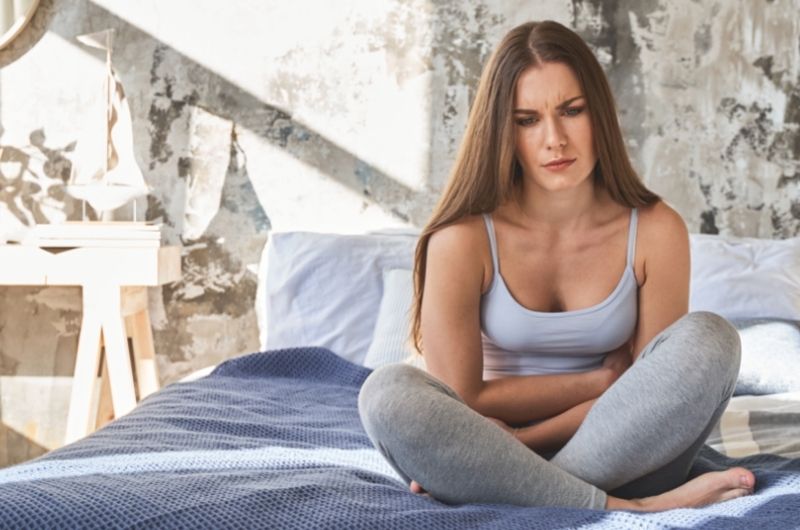Treating vulvodynia involves trials and errors to find the perfect combination of medicines and therapies. These medicines include a course of antibiotics to fight infection, antidepressants, and steroids for pain relief, antihistamines to reduce itching, and nerve block injections to prevent inflammation. In addition, doing pelvic floor muscle exercises and avoiding pressure on your vulva will help you avoid intense vulvodynia flare-ups. You should also avoid foods high in oxalate contents like nuts, beans, berries, coffee, chocolate, soda, etc., which can trigger your symptoms.
There are millions of women worldwide suffering from vulvodynia, and it’s not only the persistent chronic pain that they have to deal with but also its impact on their daily activities and sexual life.
Researchers say that vulvodynia usually affects women between 20-40 years old.
It’s so mysterious that it doesn’t present any underlying disease, nor is there a known cause for this condition.
So, treatments will most likely only work to relieve the symptoms caused by vulvodynia. Finding long-term relief may take you some time and requires a lot of patience.
Below, you can read more about vulvodynia, what treatments you can do, and how long it usually takes to gain long-term relief from the condition.
What is vulvodynia?
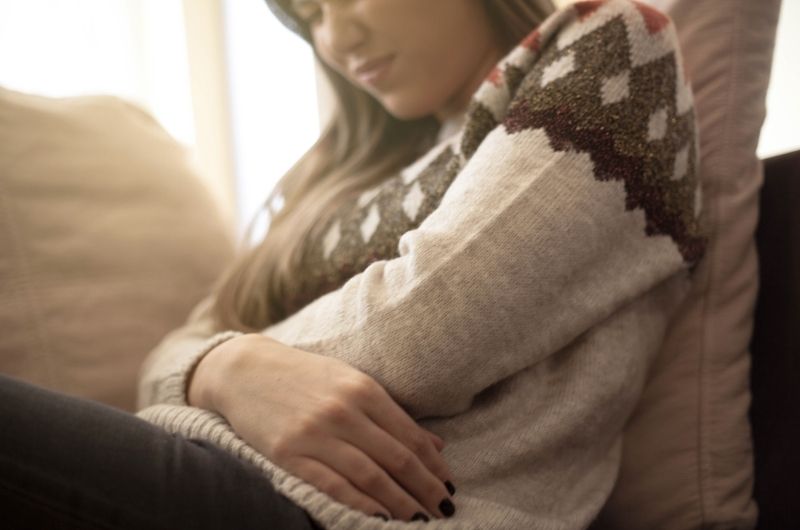
If you’re a woman, then you are most likely to experience a lot of pain and discomfort down there at some point in your life.
For instance, when you’re on your period, during pregnancy, and/or are approaching menopause.
But, if you have been suffering from persistent pain in the outer part of your private area for three months or longer, it could be vulvodynia.
Vulvodynia involves neuropathic pain.
It means that the burning and/or stinging sensation is caused by abnormalities of the nerve signals between the tissues in your vulva and nervous system.
You may feel constant or intermittent pain which can occur when there are triggers like touch or pressure (provoked pain) or when there is none (unprovoked vulvodynia).
There’s no apparent cause for this condition, and you may feel the symptoms in:
- Your entire vulva which, can occur spontaneously and could last for months or even years. This is known as generalized vulvodynia.
- A specific part of your vulva that often comes and goes (localized vulvodynia). Say pain in the folds or “lips” of your vagina or clitoris (clitorodynia). Other parts like your urethra and the top of your legs and inner thighs may also be affected.
Vulvar vestibulitis syndrome (VVS) or vestibulodynia is a form of localized provoked vulvodynia characterized by pain that occurs at the opening (vestibule) of your vagina when touched or encounters pressure.
Suppose you have symptoms like burning and itching of your vulva and/or vagina, which is usually worse when approaching your period.
In that case, you’re experiencing cyclic vulvitis.
It is a subtype of vulvodynia, which recurs alongside your menstrual cycle.
What are the symptoms?
Vulvodynia symptoms may occur suddenly or provoke by triggers like touch and pressure.
You may suffer from these constantly or notice them come and go for at least 3 months or longer.
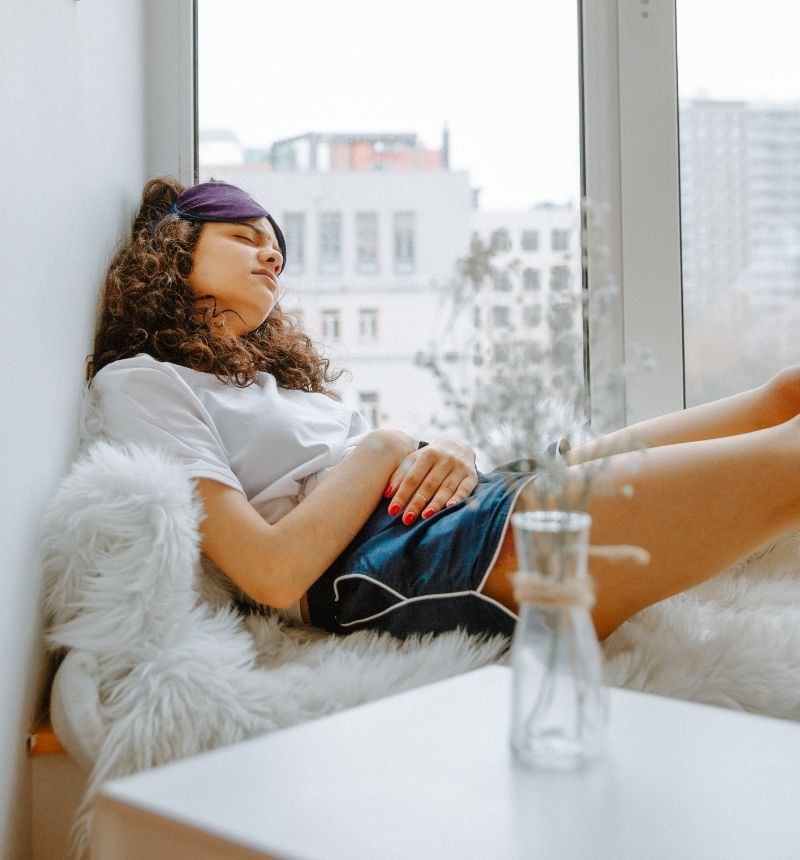
Vulvar pain with no apparent cause isn’t life-threatening. But, it can interrupt your normal activities and may cause you stress and depression.
The symptoms of vulvodynia include the following:
- Burning, stinging, itching, irritating sensation on your vulva
- Raw feeling in the vulvar and/or vaginal area
- Throbbing, aching, soreness, and swelling of vulvar tissues
You may suddenly feel the symptoms worsen after sexual intercourse, walking, sitting, or exercising.
Other triggers like inserting a tampon or horseback riding may also trigger pain.
Are you at risk of getting vulvodynia?
Other vulvar pain could be signs of infections, neurological problems, inflammatory diseases, and abnormal growth of cells.
Most vulvar pains are also associated with low estrogen levels in menopausal women.
In the cases of vulvodynia, its cause isn’t exactly known, but some factors could put you at risk of developing the disorder.
Below are the risk factors that may make you susceptible to developing vulvodynia:
- Injury or irritation of nerves in the vulval areas
- Hypersensitivity of nerves
- Chronic pain conditions or high levels of inflammatory substances in the vulval area
- Genetic disorders
- Weak pelvic floor muscles
- Abnormal response of your vulvar cells to infection, trauma, or another environmental factor
- Hormone therapy or hormonal changes
Other risk factors include:
- Frequent and recurrent yeast infections
- Long-term or regular use of antibiotics
- Sexually transmitted infections (STIs)
- Allergies and rashes on your genital area or chemical irritation caused by soaps, feminine wash, or detergents in clothing
- Previous laser treatments or surgery on the external genitals
- Muscle spasms in the pelvic area
- Diabetes
- Abnormal growth of cells in the cervix
- Physical or sexual trauma
- Anxiety and depression
- Post-traumatic stress disorder
Most patients also have other pain conditions once they’re diagnosed with vulvodynia which include the following:
- Painful bladder syndrome
- Fibromyalgia
- Irritable bowel syndrome
- Temporomandibular disorder
Medications and therapy to treat vulvodynia
Remember that you have a different level of pain tolerance from other women, and some medicines may not work for you as much as they did with them.
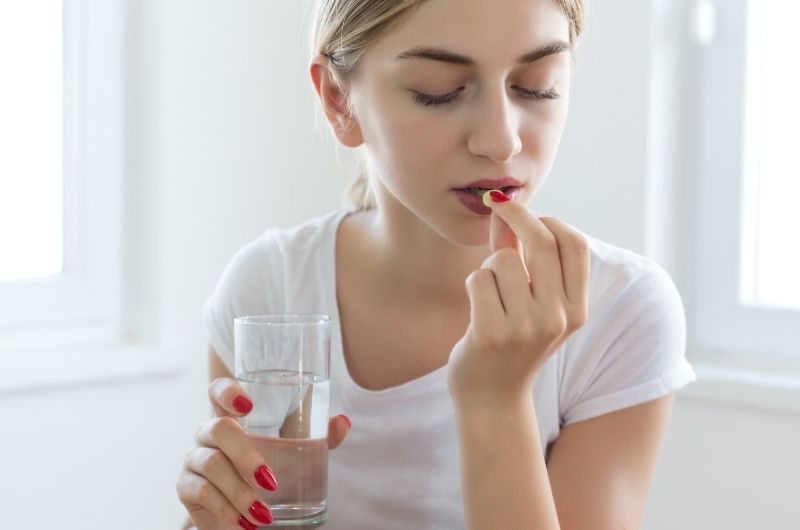
And because there is no known cause of vulvodynia, the following treatments below will only help you manage the pain and other symptoms you are experiencing.
Below are some of the treatments that your doctor might prescribe or suggest:
- Antibiotics – It will treat your vulvar pain caused by an infection.
- Local anesthetics – Apply pain-relieving creams containing lidocaine directly on the affected area.
- Low-dose of tricyclic antidepressants, steroids, and anticonvulsants – It will reduce pain and swelling (if there is any).
- Antihistamines – It will reduce itching.
- Nerve block injections – These will block pain receptors and are recommended if you have chronic pain that doesn’t go away using other pain medications.
- Biofeedback therapy – It will help you strengthen pelvic muscles and teach your body to relax and control how it responds to the symptoms.
- Pelvic floor therapy – These will include exercises that will help you relax and strengthen muscles in your pelvic area to relieve pain and muscle spasms.
- Massage – To relax tight muscles in the affected area.
- Cognitive behavior therapy (CBT) – It is a psychological therapy that will help you manage your reaction to chronic pain.
- Surgery – Vestibulectomy will be recommended if you have pain around your vaginal opening due to irritated tissue.
Lifestyle and home remedies
1. Avoid harsh chemicals or products and clothing that may irritate your vulva
When you notice early signs of vulval pain and discomfort, you should stop using soaps, feminine hygiene products, detergents, and fabric softeners containing perfumes and dyes.
These are irritants and harsh on your skin, especially since your feminine area is delicate and sensitive.
Instead, use gentle, natural, and dermatologist-approved products and detergents.
Only wear 100% white cotton underwear, menstrual pads, and tampons with zero scents.
Also, switch to unscented, white, and cottony soft toilet paper.
2. Wear loose-fitting skirts or pants
Avoid fitted jeans that could cause pressure on your vulva. Do not wear pantyhose.
Try not to wear any underwear when sleeping.
3. Avoid getting shampoo in your vulva when showering
Be cautious not to get your vulva in contact with harsh products when washing.
Also, avoid hot tubs and swimming pools with lots of chlorine. These can cause itching and discomfort.
4. Keep your vulva clean and dry
Make it a habit to rinse your vulva after peeing or having sex.
After bathing or washing your genitals, pat dry and apply a natural, preservative-free emollient to seal moisture and protect the area.
5. Immediately change into dry clothes after getting damp
After swimming or exercising, change your clothes as soon as possible. Don’t let it dry on your skin.
6. Use cold compress and gel packs or a heating pad
Apply cold compresses or gel packs directly on the affected area to alleviate pain and itching.
The heating pad may also help in releasing tension and contracted pelvic muscles.
6. Soak in a sitz bath
Prepare a sitz bath with lukewarm (not hot) or cool water with Epsom salt or colloidal oatmeal. Then, sit on it for 10-15 minutes, two to three times a day.
Do this regularly to see good results!
7. Avoid activities that put pressure on your vulva
As much as possible, avoid biking and horseback riding as these put direct pressure on your vulva.
Use water-soluble lubricant during sex and avoid those with alcohol, flavor, and warming or cooling agents.
If you sit a lot with your work, use a foam rubber doughnut for support.
8. Do relaxation techniques
Most women also get relief from yoga, meditation, massage, and other relaxation techniques, which help reduce the stress that is a culprit of worsening symptoms of vulvodynia.
Relaxation activities are a great way to avoid stress from managing your condition.
9. Talk to a community or do counseling with a professional
Talking with women who also suffer the same condition as you are may help you feel less burdened and alone.
You can also get good advice from these people and learn from their experiences.
Suppose you’re afraid or don’t want to join. In that case, you can ask your doctor to refer you for professional help with a counselor or therapist who is an expert in this matter.
While you’re on it, open up with your partner for sex or couples therapy to cope and resolve any issues or effects of your condition in your relationship.
10. Follow the vulvodynia diet
Basically, this diet follows eliminating food high in oxalate. It’s just like doing a dairy-free or gluten-free diet.
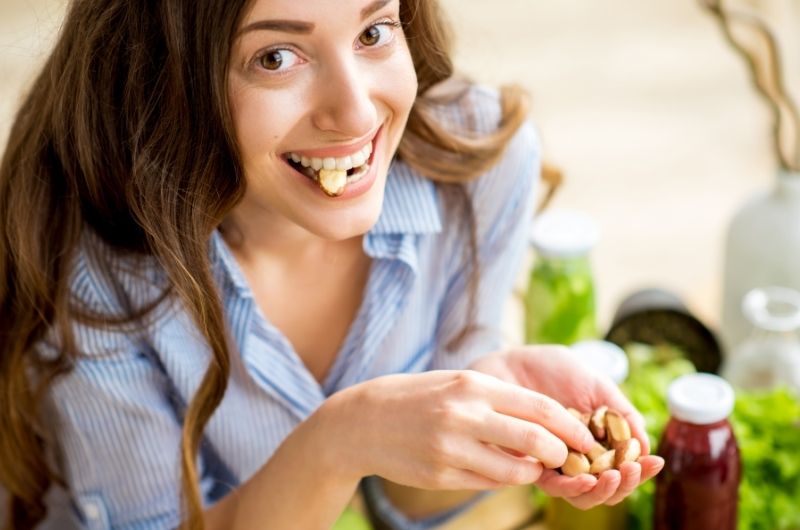
Low-oxalate diet is specifically recommended by healthcare professionals in the US to cure chronic pelvic pain and prevent painful episodes of vulvodynia flare-ups.
Below is the list of foods containing high amounts of oxalate which you should avoid:
- Nuts
- Beans
- Berries
- Coffee
- Chocolate
- Dark green vegetables
- Tofu
- Wheat bran
- Cranberries
- Soda
- Oranges
- Potatoes
These are also the following types of food that you can continue to enjoy:
- Herbal teas
- Dairy
- Avocadoes, bananas, and cherries
- Bacon, beef, and poultry
- Barley, pasta, and white rice
- Cabbage, cauliflower, and cucumber
- Ketchup, mustard, and mayonnaise
- Lemon and lime juice or gelatin
Other alternative treatments
Below are other alternative ways to help alleviate your vulvodynia symptoms.
You may add these to the medications and home remedies you are following. But, please make sure that you get your doctor’s permission.
1. Drink essential supplements
You should add supplements like calcium citrate, magnesium, vitamin C, and B Complex into your diet.
These will boost the growth of healthy cells and help manage your body’s reaction to pain.
2. Use coconut oil
Coconut oil has shown a lot of benefits for our health. You may take it daily with your food, add 1-3 tablespoons to your meals or take it directly.
For topical use, apply a generous amount in your vulva or on the affected area twice a day, especially during bedtime.
It can soothe itching and burning sensations.
3. Use herbs as alternatives
Below are lists of herbs that may help with any nerve pain:
- Oats – Grind oats finely and add them into your sitz baths or mix them in water for topical use. Oat baths are known to have reduced pain and irritation in the skin.
- St. John’s Wort – You can use this as a tincture or make it as tea. This herb is perfect for nerve pain and reducing anxiety and depression associated with vulvodynia.
- Burdock root – It is a powerful herb for relieving nerve pain, which you can take in capsules (2-4 pcs) every meal.
- Damiana – This herbal capsule can be taken once or twice a day and is excellent in improving pelvic blood flow and helping with anxiety.
- Peppermint – It is a herb for increasing blood flow. It can be applied as a balm to relieve pain caused by vulvodynia.
- Cayenne pepper – Research suggests that capsaicin in cayenne pepper has good healing properties. You can mix 1/4 teaspoon of cayenne paper with one tablespoon of olive oil, castor oil, or coconut oil. Then, apply a small amount of it to the affected area and see how your skin reacts.
Conclusion
While there’s no known cure for vulvodynia, there are medicines and therapies that your doctor will prescribe to keep your symptoms under control.
In addition to that, you will also have to follow some at-home treatments and lifestyle changes to avoid episodes of vulvar pain flare-ups.
Vulvodynia isn’t associated with any underlying disease, and it isn’t a life-threatening condition.
You have to be patient because it could take up to six months to find the right combination of treatments to provide long-term relief.

